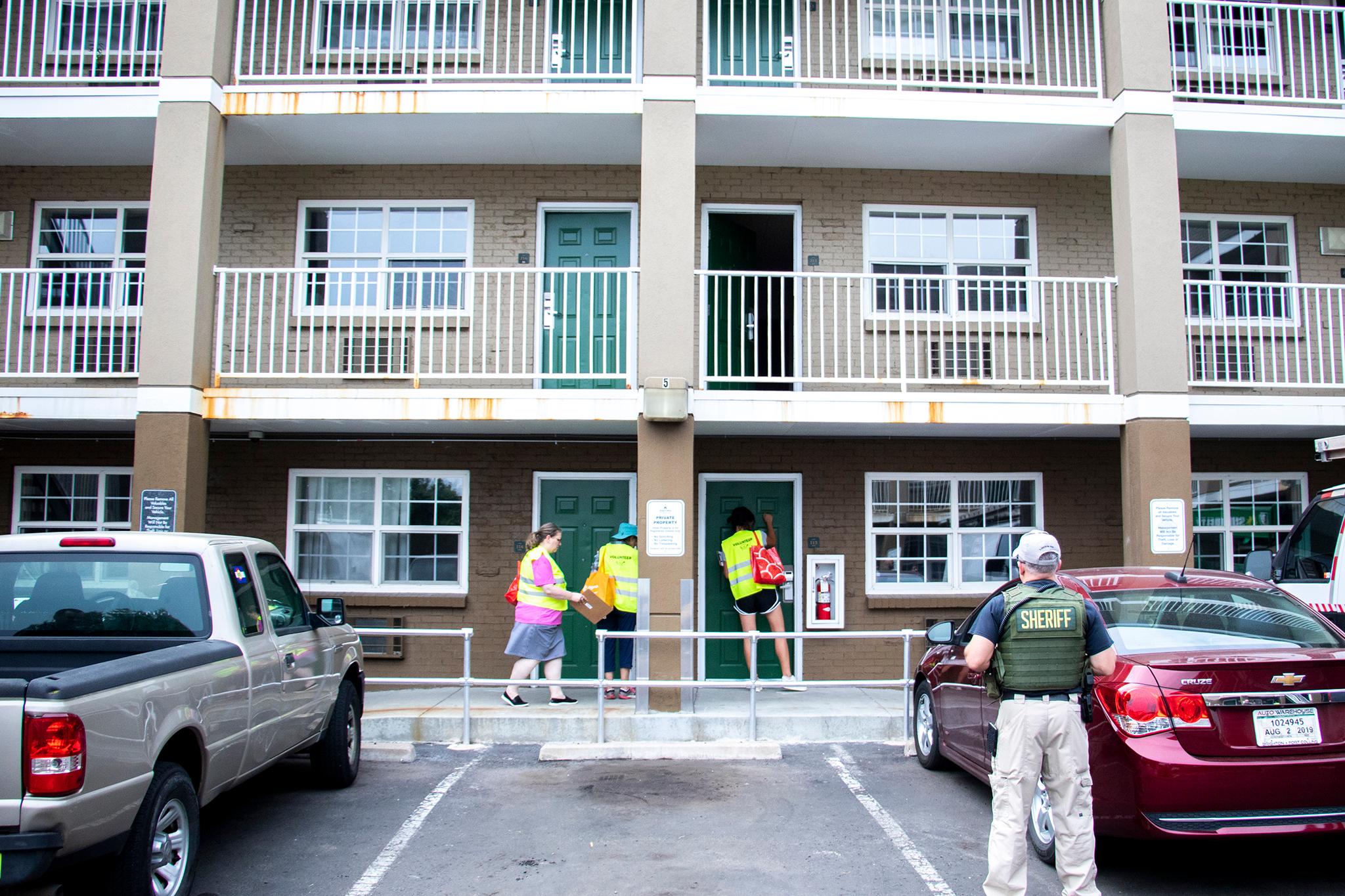Jefferson County surveyors who took more time and asked more questions than for standard counts of homelessness said they found 997 people living on the streets, in shelters or transitional housing, or without certainty they would stay housed.
The results released Thursday from the county's first attempt at a comprehensive homelessness count, conducted throughout last August, were double the 434 people found unhoused in 2019 during the more typical one-day count known as the Point in Time.
Jefferson county government and nonprofit officials who embarked on their comprehensive count had said they needed better data to address homelessness. The county's size and varied geography make it hard to pin down people experiencing homelessness in a one-day count like the Point in Time, an exercise in which Jefferson County participates every year. A comprehensive count requires too many resources to be conducted annually. The two sets of data can complement one another.
"The (comprehensive count) report's findings will be used to guide policy-making, service decisions and identify funding opportunities in order to better serve those who are homeless as well as improve the quality of life for all residents," a steering committee for the effort said in a letter accompanying the release of the report.
"While we fully expect that the survey results will lead to more questions, they must also lead to action. It is our intent that the information in this report is used to create policies, programs and partnerships designed to ensure that homelessness of any sort is rare and short-lived when it does occur," added the letter from the seven member committee.
Committee members included Kate Skarbek, a senior management analyst for Westminster Parks, Recreation and Libraries, and Jon Alesch, who heads a Lakewood Police Department team that offers support to people experiencing homelessness. Skarbek and Alesch helped lead efforts to organize and conduct the comprehensive count.
For the Jefferson County comprehensive count, homelessness was defined as individuals and families living in an emergency shelter, transitional housing, those who were unsheltered, and those who lacked stable housing.
People lacked unstable housing if, on the day they were surveyed, they were unable to sleep or stay in the same place for the next 14 days, were unable to pay for housing for the next 14 days, or had had inconsistent housing for the last 60 days.
Questions about housing instability are not part of the Point in Time, which takes place on a single 24-hour period at the end of January across the country.
The Point in Time yields a snap shot that can be tracked over time and compared from city to city across the United States. The federal government uses the Point in Time to make decisions about funding housing program.
For the Jefferson County comprehensive count, volunteers spent five days knocking on doors at cheap motels, hiking along mountain paths and looking elsewhere for people experiencing homelessness or housing insecurity. In addition to surveys collected in the field, hospitals, schools and service providers put the same survey questions to people throughout August.
In all, 668 of the 997 people that the comprehensive count found were experiencing homelessness or housing insecurity met the narrower definition used for the Point in Time. And 516 of the 997 were unsheltered.

